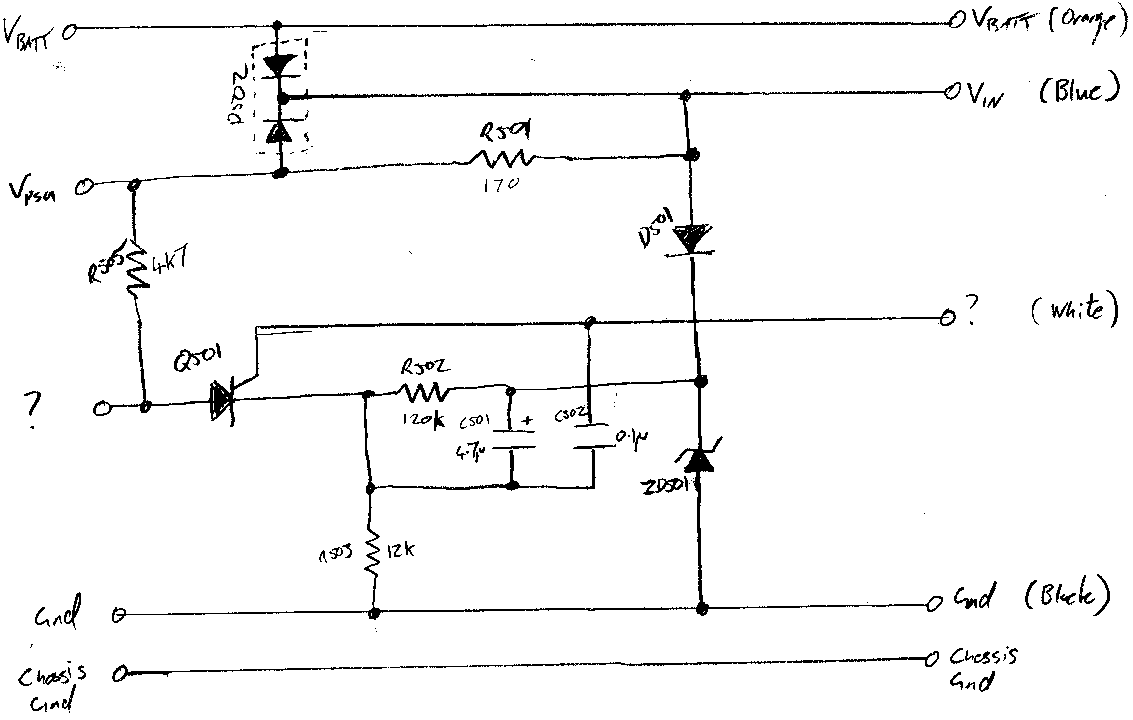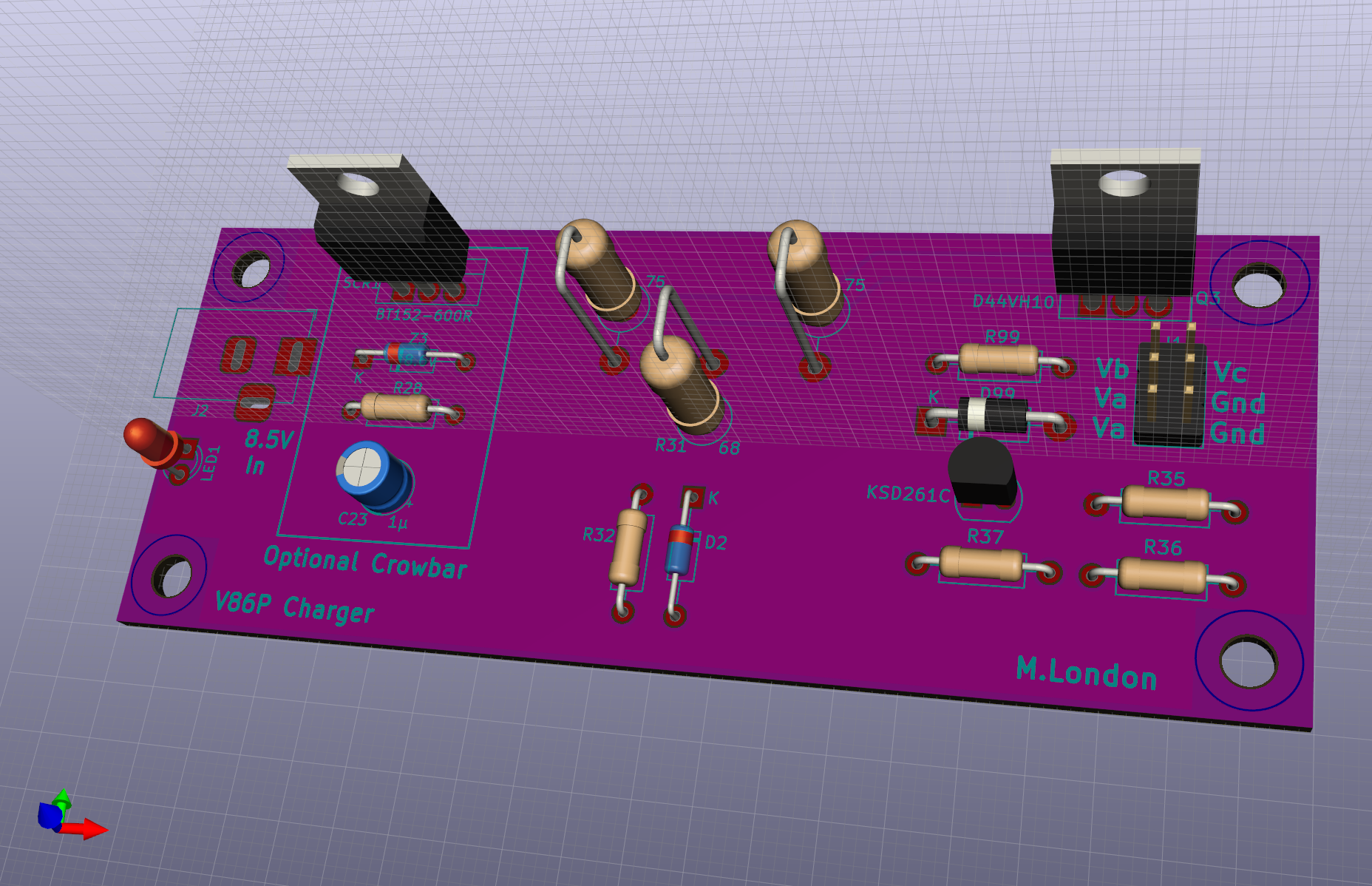ciernioo wrote:Hi Bjt! Thank you very much for your work on the CGA -> SCART adapter. I`ve built it according to your schematic, and it worked perfectly for my CGA + TV:
This is sooo much fun!
Bjt, thanks from me too! I also decided to build your version, because I wasn't sure whether the others would work on a CRT TV. I am glad to report that it works for me on both my LCD and CRT TV in all CGA modes, including 640x200.
I have designed the breadboard circuit layout in Blackboard (freeware), the attached zip contains two versions of my .bb file:
CGAAdapter_Variant3_Breadboard_80x80mm.bb: if any of you want to modify my layout, then better start with this version. This one is easier to understand, as each CGA or SCART pin number corresponds to the respective pin row number. I'm still not sure whether audio ground should be connected to all the other SCART ground (I'm no expert in electronics) - if so, then add a connection between SCART pin rows 4 and 5.
CGAAdapter_Variant3_Breadboard_80x80mm_finallyBuilt.bb: this is the version that I finally built. I rearranged some of the SCART pins to have them closer together, and I had to make some space for the 12V plug (for automatic 4:3 switching, however I later found out that I don't need that for my TVs). Pin number equals row number unless noted otherwise. I also connected audio GND to the other SCART ground since I had no more free wire left in the SCART cable.
Note that this was the first time ever that I have designed such a circuit layout, so there could be some potential for improvement. However, I can say that at least my layout seems to be error-free.
Although I used a stripboard to build the circuit and Blackboard also supports stripboard layouts, the Blackboard file shows a breadboard because IMHO this looks much clearer, it is much easier to see where you need to make breaks.
P.S. The only problem ist that on my small CRT TV set the picture is a little off-centered to the left, but this is a general problem of that TV, the picture of my MIST board looks the same on this TV. I will soon test it on another 72 cm CRT TV and on this one the picture will most likely be centered correctly (just like the MIST's picture on that TV).
Does maybe any of you know a DOS tool that allows centering the screen "by software"? Many old games from the early 1980s allowed horizontal screen adjustment in their startup menus, like for example Galaxian, Moon Patrol, Decathlon and Jungle Hunt. However, all these were (initially) self-booters that had their own "operating system" - maybe this allowed more control over the hardware.



